As you might have noticed, the 2013/2014 Cyclocross album is now available for pre-ordering. In the next couple of days, I will be talking about why I am doing it, how it came into existence, the technical details and hopefully a few more details that you might find interesting.
It all started back in 2009, in the middle of my first ever cyclocross season. I was having dinner with one of my friends, who is an established rallye photographer. I was flicking through the pages of his latest album about the 2009 WRC season. It was a wonderful chronicle of the season, something that I would have definitely wanted on my bookshelf, if I was into cars.
That gave me the idea that maybe I should do something similar. This was in the middle of December and the World Championships were only a few weeks away and I decided to make a book, self-publish it and try to sell it at the World Championships at Tabor. This was my first cross season and having come from a mountain biking background, I assumed that the World Cup races are the biggest and most important races of the sport and I was entirely unaware of the GVA and Superprestige series.
I managed convince a friend of mine, Kriszta Czeizler to help me with the design of the book. But that was only half of the story. Given that I was going to sell the books in the Czech Republic and that I was planning on having a lot of Belgian customers, too, I decided to have all text translated into both Flemish and Czech. That created another layer of complexity: I had to find translators for both languages and I had to convince them to translate the otherwise not too much text very quickly.
I also had to decide the format and the structure of the book. There were eight World Cup races, so I decided to devote one chapter to each race and each chapter was equally divided up between the elite men and women. This was a decision that proved to be popular but it had its challenges. In terms of format, after weighing a number of options, I decided to go for a 21cm x 21cm size with 160 pages.
Given that was just a week between the last World Cup race in Hoogerheide and the Worlds, the production schedule was incredibly tight. By the time I arrived at Hoogerheide, 95 per cent of the book was ready and everybody was waiting for the last chapter. I was frantically editing the photos on the way back to Brussels in my friend’s car, the translators translated the text to their respective languages and by mid-Monday, the book was good to go to print.
Magically, there were no hiccups, so the books were ready by Thursday, which was quite a feat and me and my Dad set out to drive to Tabor on Friday morning. I had booked a tent at the expo area and they also promised to distribute my flyers. I lined up some help for my father to help selling the books as he didn’t speak any Czech and I was expecting most of my buyers to be Czech, given that Styby had just won the World Cup overall.

The whole tent thing turned out to be a huge mistake: my dad and his helpers were bitterly cold for two days in the tent and we barely sold any books as the expo area was behind the course, in an area where there was minimal footfall. Lessons were learned during that weekend. I think it’s enough to say that I still have about 50 copies of the first book.
When I look back on it, I do appreciate the effort I had put into it but with the benefit of hindsight, there are just too many things I would have done differently and that was one of the reasons I decided that I should give this another go.
I skipped the 2010/2011 season altogether for family reasons but followed cross avidly and I suddenly realised that there were all these other races, so when I started planning the 2011/2012 season, I decided to cover the entire season, including all the GVA and Superprestige races and classic races like the Druivencross, too. I also wanted to do another book and I started thinking what the new books should be like. Neil Webb was one of those who gave me great feedback on how to make a better and bigger book than the first one. After a lot of consideration, I went for a considerably larger format, 27cm x 23cm and the page count grew to 220 pages. Plus, I decided to use a better quality paper, so the whole thing began to resemble to a proper coffee table album.
In terms of the structure of the book, I was trying to make things a bit more interesting. If you have 32 chapters of racing, you need to break up the rhythm of it somehow. To achieve that, I wanted to show the side of the sport that is not obviously visible, things that outsiders might not be able to see. Following this train of thought, I spent a day with one of the big stars of cross, Bart Wellens and I visited the factories of Bioracer and Ridley, two important players in the ‘cross scene. Out of these three special sections, I was only happy with the one about Wellens, so for later editions, I decided to do just one of these behind-the-scene chapters.
Lastly, I realised that 32 chapters mean 32 intros. While I’m more or less happy how my photos turn out, I know that my writing is not as good as my photos, so I set out to find someone who can be worthy contributor to the project. I did remember Podiumcafe’s Caro Cardinaels from her amazing pre-season previews and having read more of her stuff, I was convinced that she is the right person and I was very happy when she said yes. We’ve been working together ever since and she delivered great texts for a third time for the 13/14 book.
All in all, I was quite happy how the 2011/2012 book turned out, so I didn’t want to change the 2012/2013 book drastically. There were two major differences, though. Firstly, in the 11/12 book I allocated only six pages to every race, regardless how the photos turned out. While I had enough good shots to have six great pages for every race, there were a few chapters when I wished I had more pages to play with. This resulted in a fluid structure in the 12/13 book, meaning that the length of the chapters vary between 4 and 8 pages, depending on how I felt about the quality of the photos. After looking back on the book, I think this structure works better and therefore I used the same system with the 2013/2014 book.
The other change was the introduction of essays, written by people how has got a lot to say about cross. When I picked the authors and the topics, I had one guiding principle: what would I want to read about? I was lucky enough to be able to convince a few great people to contribute to my book. Simon Burney was one of them, he wrote about the times when Switzerland ruled cross, an intriguing tale of the rise and the fall of Swiss cyclcocross. Dan Seaton wrote about what it is like to be an amateur cyclocross rider in Belgium – it’s a side of the sport we very rarely hear about. While following cross live is natural for us, it’s a totally different ballgame (pun intended) over in the US and Mattio Montesano was kind enough to offer us a glimpse into the life of a cross fanatic in the States. What’s the common in Alex Revell and Bold-Erdene Bold-Bataar? They both exist on the fringes of cross, the total outsider who start races often without the hope of even finishing it and yet they start the race, week after week and they somehow become the darling of the spectators. Caroline Cardinaels explored this topic. Lastly, the unavoidable messiah of women equality, Stefan Wyman wrote a state of the union-esque essay on the state of women’s cross. Five stories that offer great insights and stories for all of us.
And thus we have arrived to the present and the 2013/2014 book, but I will talk about this book in the coming days.
In the meantime, if you would like to order any of my previous books, you can do so here: http://cyclephotos.wpengine.com/book1314
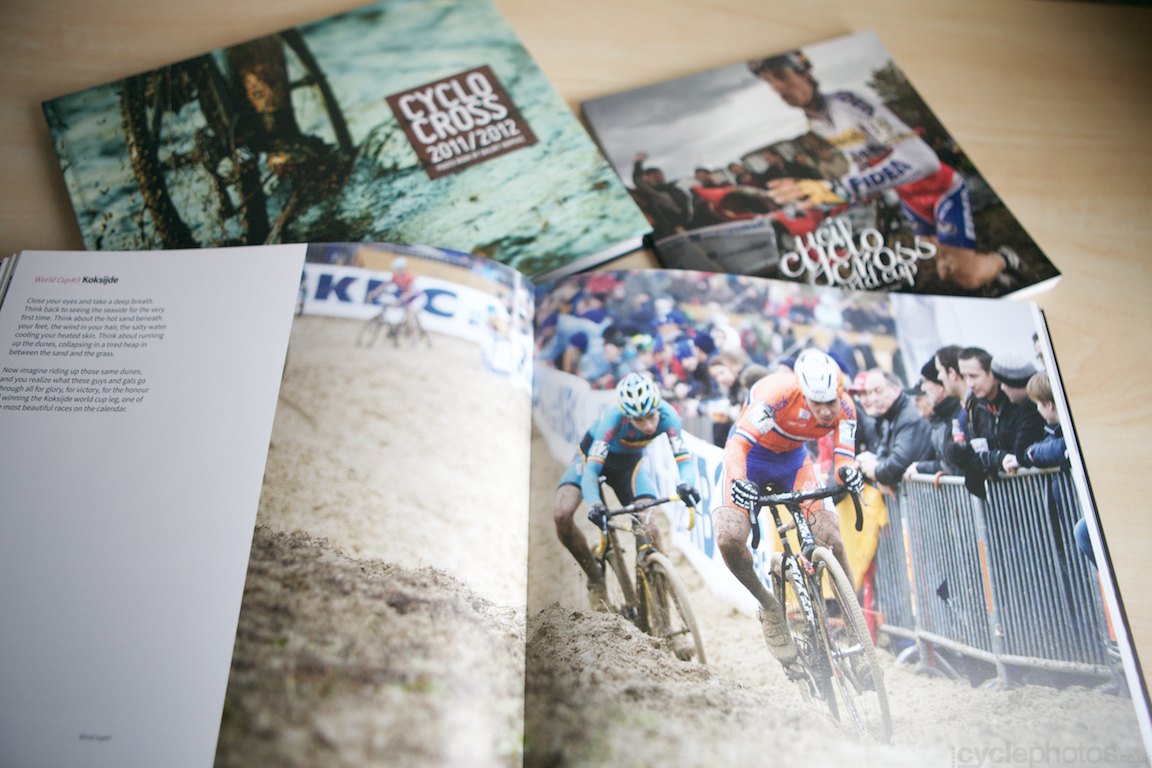


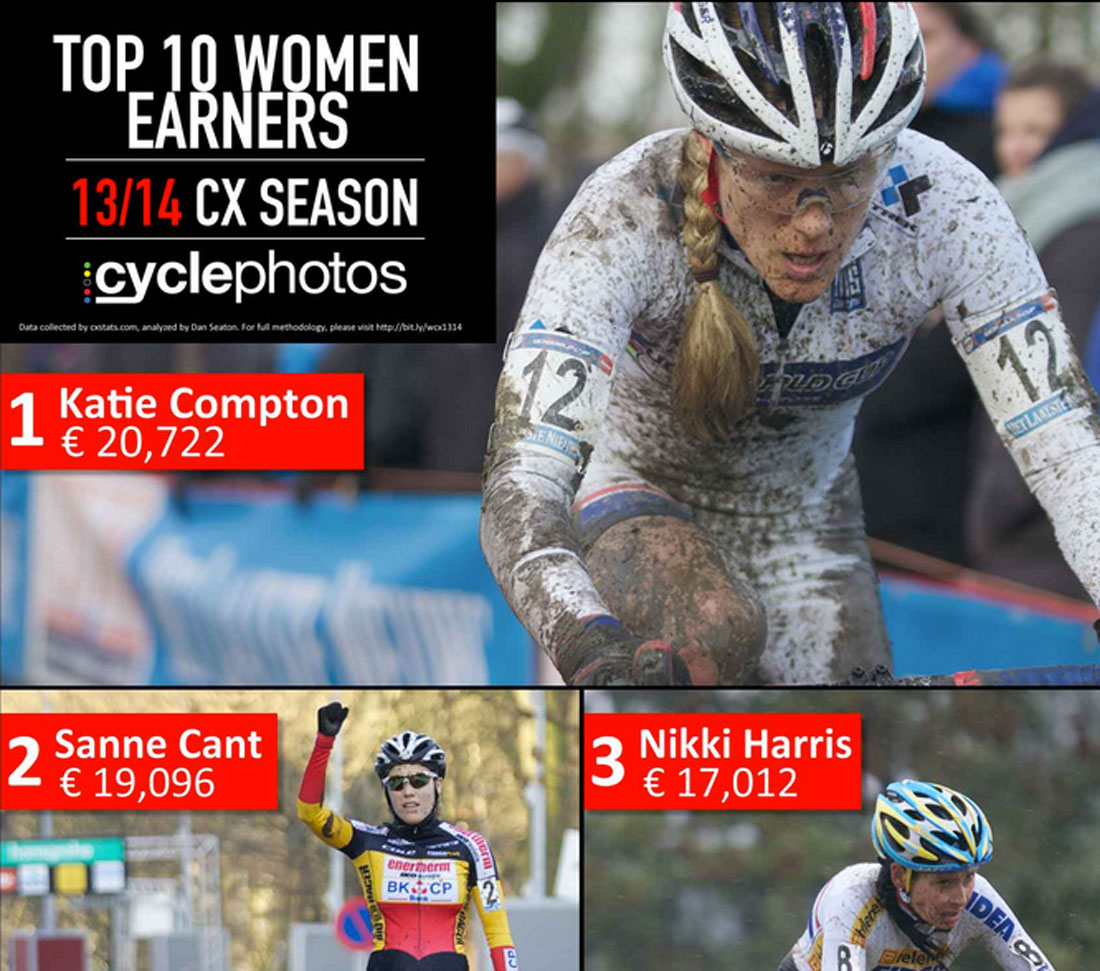
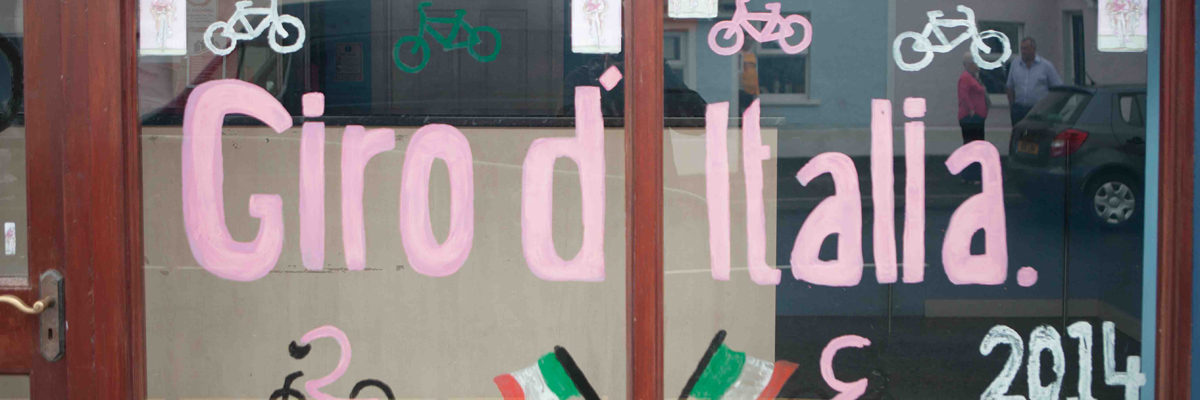
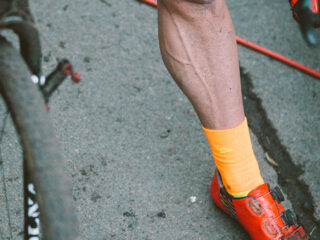
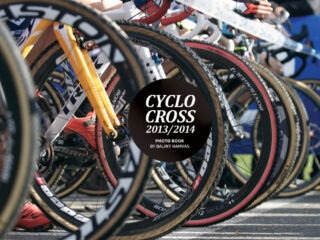
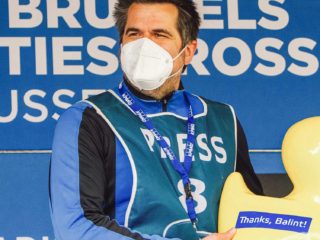
1 comment
Comments are closed.